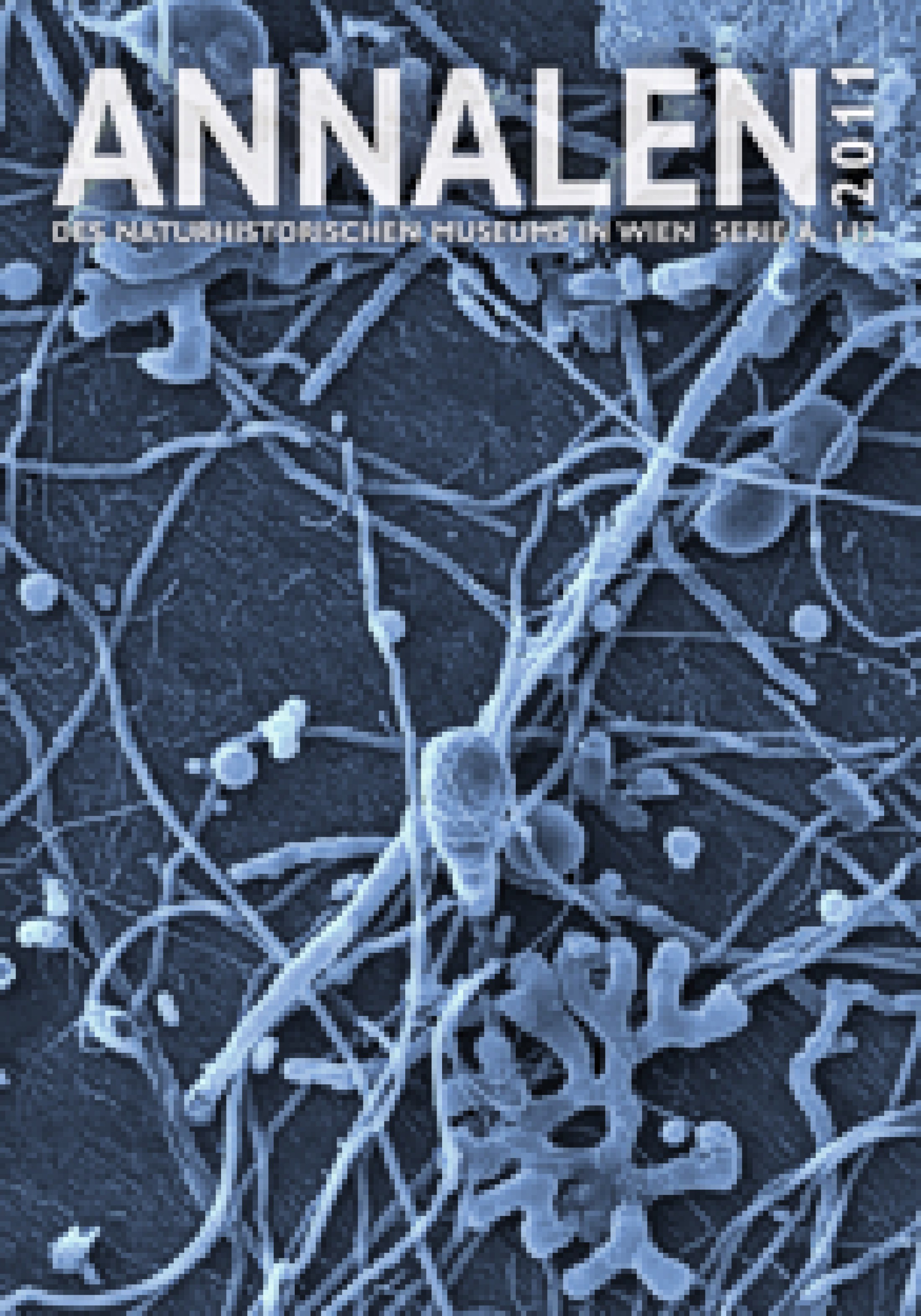Annalen des Naturhistorischen Museums in Wien, Serie A 113 (2011)
ISSN: 0255-0091 ISBN: 978-3-902421-55-5
Erscheinungsdatum / Publication date: 19. May 2011
dedicated to the 60th birthday of Werner Piller
















































Fragen oder Anregungen? - Kontaktieren Sie den Herausgeber:
Questions or comments? - Contact the editor:
Andreas Kroh ()
